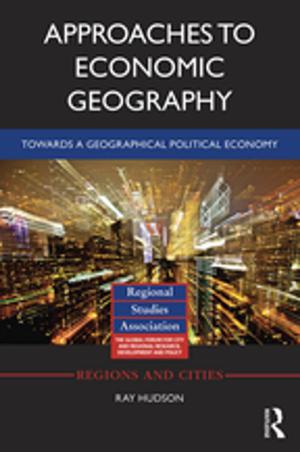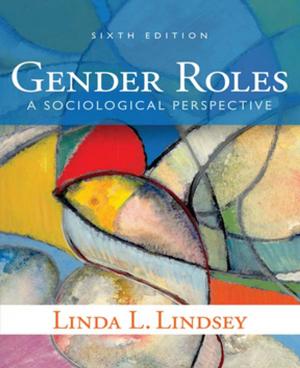Design for the Changing Educational Landscape
Space, Place and the Future of Learning
Nonfiction, Art & Architecture, Architecture, Public, Commercial, or Industrial Buildings, Reference & Language, Education & Teaching| Author: | Andrew Harrison, Les Hutton | ISBN: | 9781134482047 |
| Publisher: | Taylor and Francis | Publication: | October 15, 2013 |
| Imprint: | Routledge | Language: | English |
| Author: | Andrew Harrison, Les Hutton |
| ISBN: | 9781134482047 |
| Publisher: | Taylor and Francis |
| Publication: | October 15, 2013 |
| Imprint: | Routledge |
| Language: | English |
The whole landscape of space use is undergoing a radical transformation. In the workplace a period of unprecedented change has created a mix of responses with one overriding outcome observable worldwide: the rise of distributed space. In the learning environment the social, political, economic and technological changes responsible for this shift have been further compounded by constantly developing theories of learning and teaching, and a wide acceptance of the importance of learning as the core of the community, resulting in the blending of all aspects of learning into one seamless experience.
This book attempts to look at all the forces driving the provision and pedagogic performance of the many spaces, real and virtual, that now accommodate the experience of learning and provide pointers towards the creation and design of learning-centred communities.
Part 1 looks at the entire learning universe as it now stands, tracks the way in which its constituent parts came to occupy their role, assesses how they have responded to a complex of drivers and gauges their success in dealing with renewed pressures to perform. It shows that what is required is innovation within the spaces and integration between them. Part 2 finds many examples of innovation in evidence across the world – in schools, the higher and further education campus and in business and cultural spaces – but an almost total absence of integration. Part 3 offers a model that redefines the learning landscape in terms of learning outcomes, mapping spatial requirements and activities into a detailed mechanism that will achieve the best outcome at the most appropriate scale.
By encouraging stakeholders to creating an events-based rather than space-based identity, the book hopes to point the way to a fully-integrated learning landscape: a learning community.
The whole landscape of space use is undergoing a radical transformation. In the workplace a period of unprecedented change has created a mix of responses with one overriding outcome observable worldwide: the rise of distributed space. In the learning environment the social, political, economic and technological changes responsible for this shift have been further compounded by constantly developing theories of learning and teaching, and a wide acceptance of the importance of learning as the core of the community, resulting in the blending of all aspects of learning into one seamless experience.
This book attempts to look at all the forces driving the provision and pedagogic performance of the many spaces, real and virtual, that now accommodate the experience of learning and provide pointers towards the creation and design of learning-centred communities.
Part 1 looks at the entire learning universe as it now stands, tracks the way in which its constituent parts came to occupy their role, assesses how they have responded to a complex of drivers and gauges their success in dealing with renewed pressures to perform. It shows that what is required is innovation within the spaces and integration between them. Part 2 finds many examples of innovation in evidence across the world – in schools, the higher and further education campus and in business and cultural spaces – but an almost total absence of integration. Part 3 offers a model that redefines the learning landscape in terms of learning outcomes, mapping spatial requirements and activities into a detailed mechanism that will achieve the best outcome at the most appropriate scale.
By encouraging stakeholders to creating an events-based rather than space-based identity, the book hopes to point the way to a fully-integrated learning landscape: a learning community.















